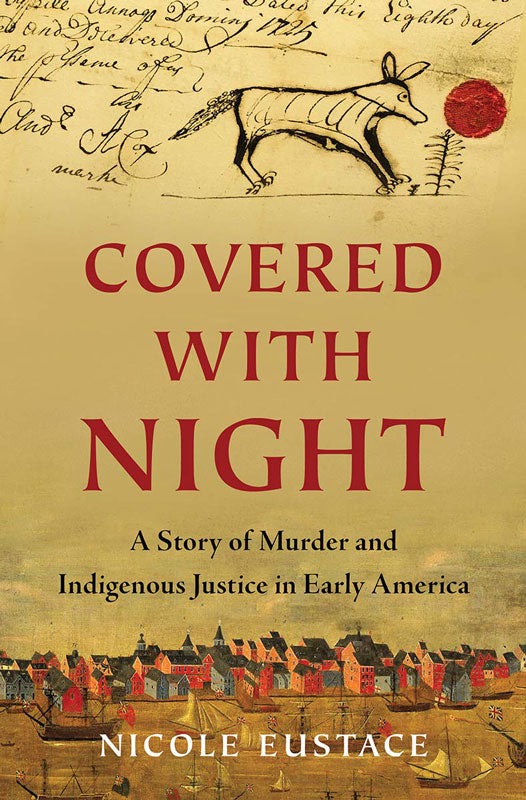What constitutes justice after the commission of a heinous act? This question regularly anguishes American communities and indeed the nation. In 1722, the colony of Pennsylvania was roiled by the murder of a Susequehannock hunter at the hands of a pair of colonial traders. Colonial officials promised to extract “the full measure of English justice” and set about apprehending the perpetrators, organizing for a trial and ultimately for punishment, imagining this to be the height of respect and proper procedure. But this English-style process was not what Indigenous communities expected or wanted. Rather, they advocated for and ultimately won, at a treaty in Albany, New York, a process of acknowledgment, restitution and then reconciliation.
The lands in the Pennsylvania colony were part of a larger northeastern Native America that included the Six Nations of the Iroquoian-speaking Haudenosaunee as well as more local tribes like the Susquehannock. Over the years, Indigenous leaders and Pennsylvania officials carefully managed diplomatic relationships both in hopes of maintaining semi-peaceful coexistence despite aggressive colonial settlement, and to facilitate trade.
Sewantaeny had welcomed two prominent settler traders, brothers from Conestago, a community that included both Native Americans and colonists, to his home near the border with Maryland along the Monocacy River. They were negotiating the purchase of furs and skins. But whatever they offered, Sawantaeny had refused it. One of the traders responded by throwing something down. “Thud. The clay pot hits the frozen ground.” One of the traders then struck Sawantaeny with his gun, hard.
He died the next day, inside the cabin he shared with his Shawnee wife, on a bearskin she had prepared. His death set in motion a chain of communication to multiple tribal nations; within weeks the Pennsylvania governor and council sent out emissaries, and within months emissaries from the Haudenosaunee and the Conestoga community, including the man known as Captain Civility, were coming to Philadelphia to try to learn more about what happened and how to proceed.
With vivid details and narration, in her new book, Covered with Night: A Story of Murder and Indigenous Justice in Early America, historian Nicole Eustace tells the story not only of this shocking event, but of a year of communication and miscommunication, false starts and resolution among this diverse group. The Albany “Great Treaty of 1722” included condolence ceremonies and reparation payments as well as the forgiveness of Sawantaeny’s killers. The year that began with a death and ended in a treaty, Eustace says, reveals so much about different ways to define, and then achieve, justice.
